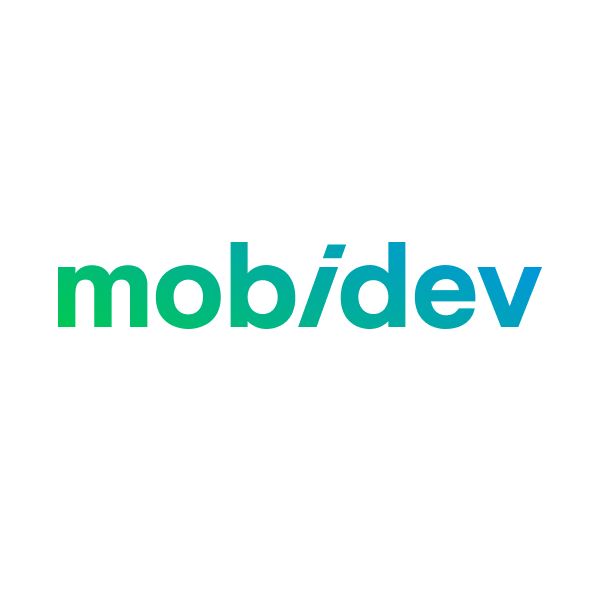579 reads
Why we Chose Flutter as One of Our Cross-platform Development Toolkits
by
November 15th, 2020

Trusted software development company since 2009. Custom DS/ML, AR, IoT solutions https://mobidev.biz
About Author
Trusted software development company since 2009. Custom DS/ML, AR, IoT solutions https://mobidev.biz